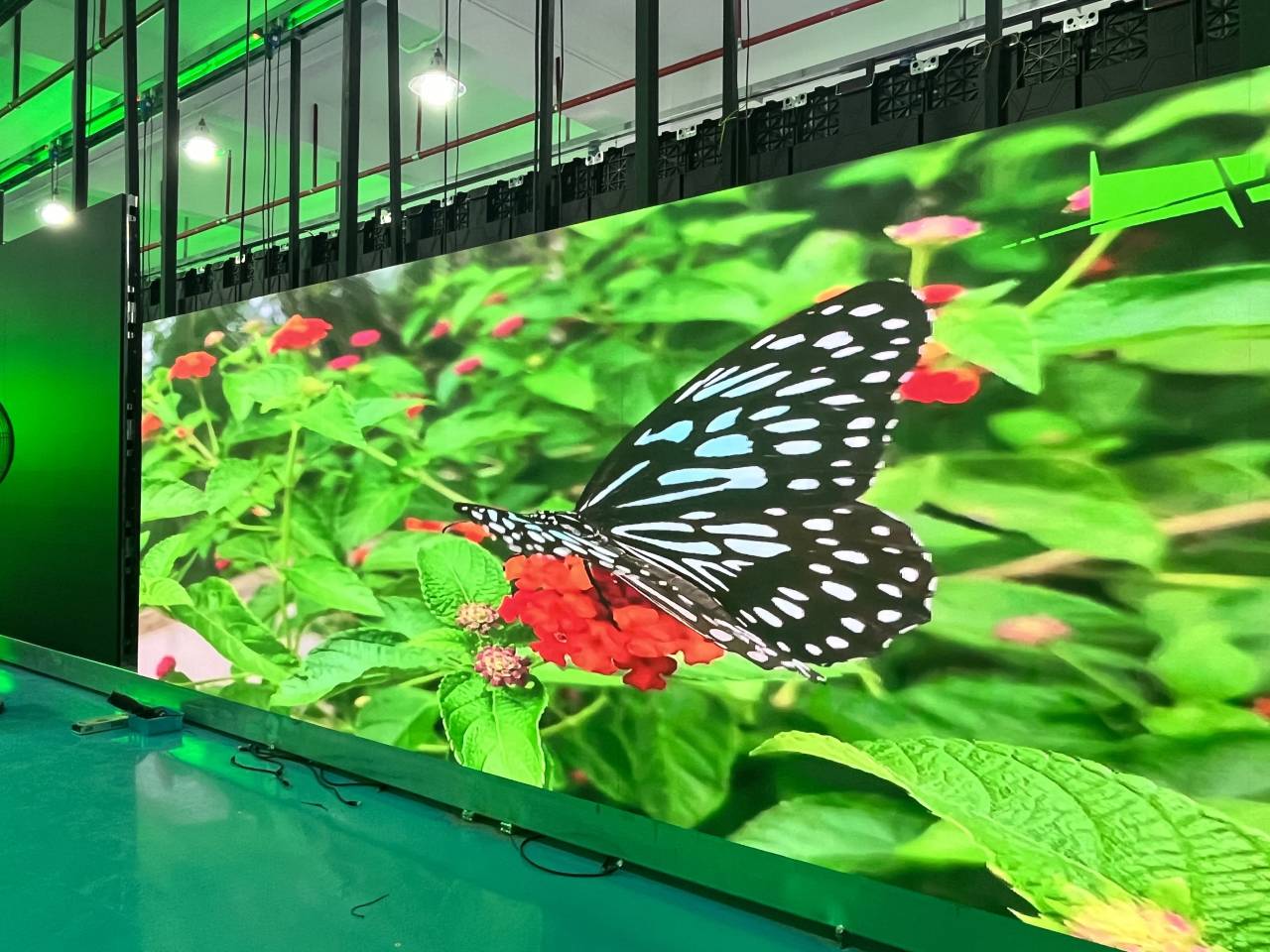A Comprehensive Comparison of Different LED Display Wall Techniques and Their Uses
A Comprehensive Comparison of Different LED Display Wall Techniques and Their Uses
Blog Article
Light Emitting Diode video screens are more popular in different environments, including music events, sports events, as well as business meetings. These large large displays consist of composed of numerous small LED panels which function collectively to form a cohesive cohesive image. Various multiple kinds of Light Emitting Diode video wall solutions on the market, every with its own features and benefits. Grasping these technologies technologies can help businesses and entities select the right option for their particular requirements.
A frequent type of Light Emitting Diode display wall solution is the directly viewed LED. This technology uses separate LED units which are placed closely in proximity to form a big screen. Directly viewed Light Emitting Diode walls are recognized for their high brightness as well as lively colors, making them perfect for external events or well-lit illuminated environments. They also have a wide sight perspective, which means that people can view the screen clearly from various locations. This makes directly viewed Light Emitting Diode walls a popular choice for sports arenas and outdoor events.
A different kind of Light Emitting Diode display screen technology is the LED-backlit Liquid Crystal Display. Such solution combines traditional LCD displays and LED backlighting for improved luminosity as well as color precision. LED illuminated Liquid Crystal Displays are often utilized in interior environments, such as shopping centers as well as meeting rooms. They provide superior visual quality and are typically more affordable than direct view LED screens. Nonetheless, they may often perform as effectively in bright environments, as the illumination can occasionally dull the hues.
A third option is the OLED video screen. Organic Light Emitting Diode solution offers exceptional differentiation as well as hue depth compared to other types of displays. Each dot in an Organic Light Emitting Diode display emits its own luminescence, enabling for genuine dark tones as well as lively colors. This makes OLED video walls especially attractive for uses which demand premium visuals, including art exhibitions and luxury shopping outlets. Nonetheless, Organic Light Emitting Diode technology can be more expensive and may not be as bright as direct view Light Emitting Diode walls, making it less suitable for outdoor use.
In addition to these technologies, various additionally various applications for Light Emitting Diode display screens. They can be used for advertising, amusement, and information display. For instance, companies often use LED video walls for digital advertising to draw in clients and promote goods. Within entertainment, they enhance the sight encounter at concerts and gatherings, offering dynamic backgrounds as well as captivating visuals. In business environments, LED video screens can be utilized for presentations, video meetings, as well as training sessions, helping to communicate information in a visually attractive way.
In conclusion, Light Emitting Diode display walls are available in various technologies, each having its unique advantages and uses. Direct view LED screens are ideal for outdoor applications, whereas LED-backlit LCDs are more appropriate for indoor environments. Organic Light Emitting Diode display walls offer superior visual quality but may be at a greater price. Understanding the differences variations can assist organizations to make knowledgeable choices about which kind of Light Emitting Diode video wall most satisfies their needs, whether it be for advertising, amusement, and corporate reference use.